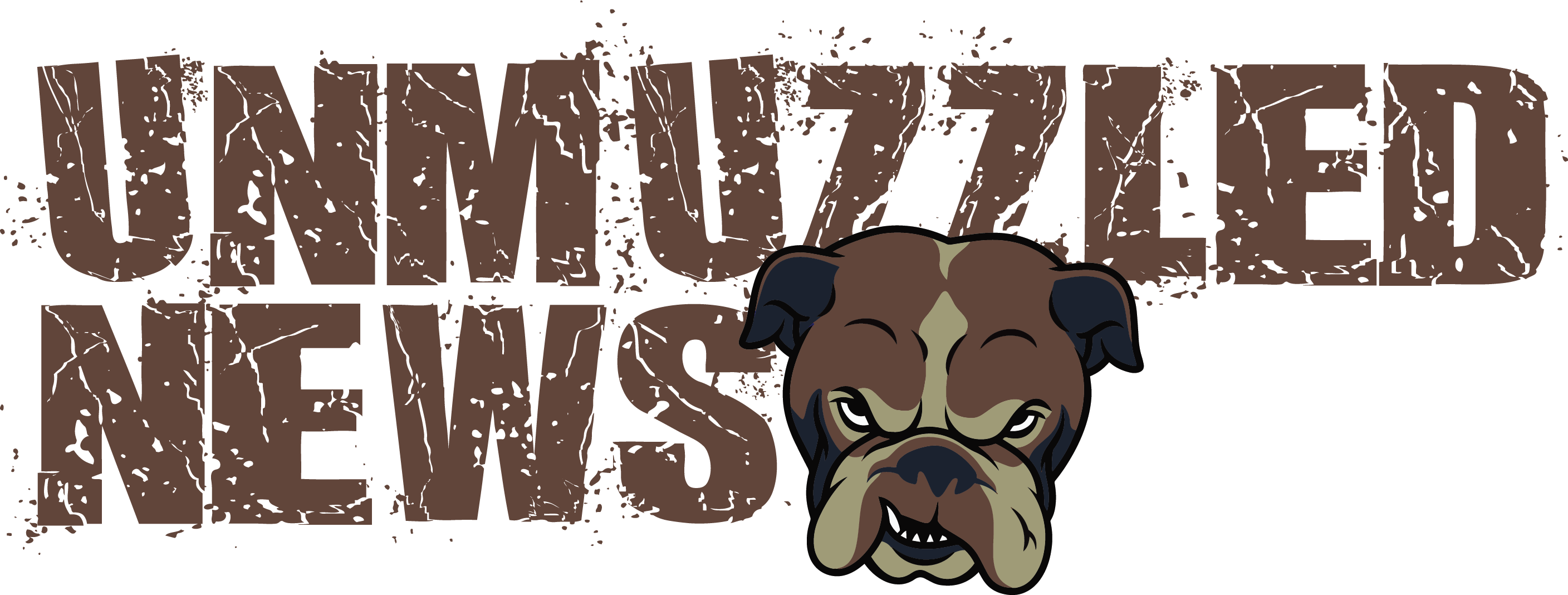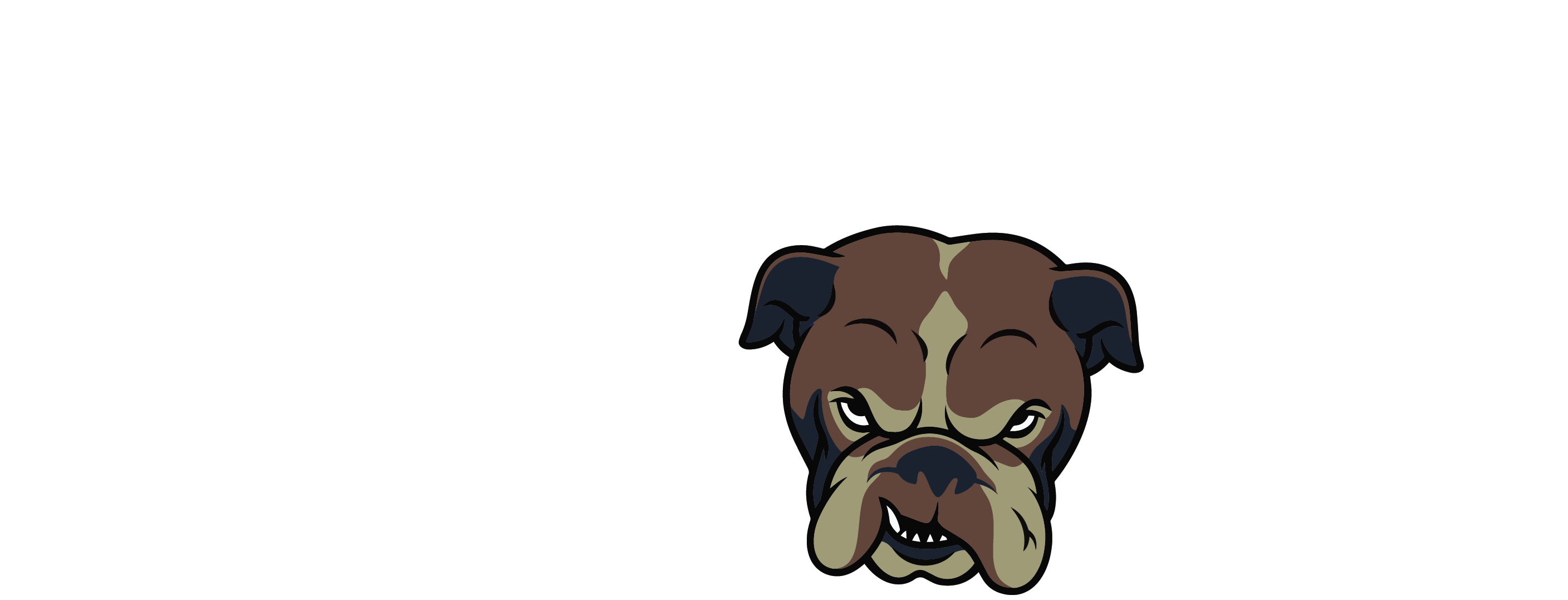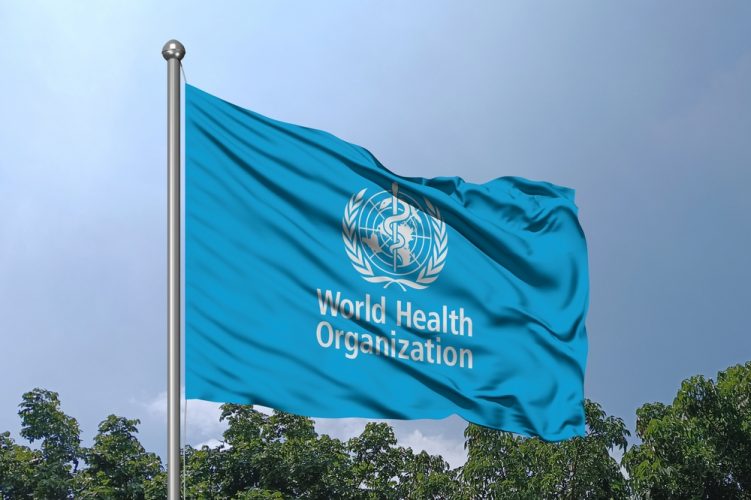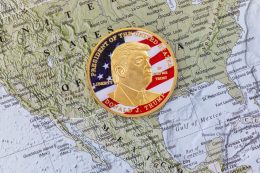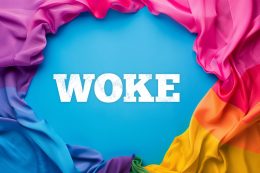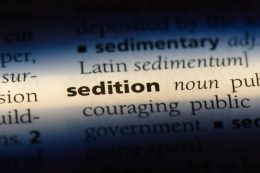The World Health Organization just unveiled a surveillance network that goes way beyond tracking disease outbreaks.
And what they’re calling "pandemic preparedness" looks a lot like global thought police.
Now the WHO launched one AI system that has free speech advocates sounding the alarm.
WHO Unveils Real-Time Social Media Surveillance Network
The World Health Organization rolled out a massive upgrade to its global monitoring network on October 13, called Epidemic Intelligence from Open Sources 2.0, or EIOS.¹
The system uses artificial intelligence to scan social media posts, websites, and online conversations in real time.²
WHO officials are selling this as a breakthrough in pandemic preparedness.
But the platform does something far more troubling than just tracking disease — it monitors what people think and say online under the banner of fighting "misinformation."³
The WHO’s own documentation reveals the system performs "social listening" to analyze people’s "attitudes, knowledge, beliefs, and intentions."⁴
That’s not disease surveillance — that’s thought surveillance with a medical excuse.
EIOS 2.0 was developed in partnership with the European Commission’s Joint Research Centre, the same EU agency that created the "Misinfo Classifier" back in 2020.⁵
That AI program claimed it could detect "fake news" by analyzing the tone and intensity of language in articles, achieving an 80% success rate.⁶
The JRC said the tool was already being used by the European Commission and European Parliament, and would soon be shared with professional fact-checking organizations.⁷
Now that technology is being integrated into a global health surveillance network operating in over 110 countries.⁸
WHO Offers "Free" Surveillance to Build Global Dependency
The WHO reports that EIOS 2.0 now operates across 110+ countries and collaborates with over 30 organizations, including national governments and the European Commission.⁹
The platform is being offered "free of charge" to eligible users, along with training materials and support.¹⁰
Think about what happens when someone offers you something "free" that you can never leave.
That’s not generosity — it’s a trap.
Countries that adopt this system tie their national monitoring directly into a WHO-managed network that continuously gathers and processes global data.
Once a country plugs into this infrastructure and trains its health officials to rely on WHO’s AI systems, walking away becomes nearly impossible.
When the WHO gives something away for free, what they’re really building is dependency — the same way drug dealers hook customers with free samples.
Countries that plug into this system hand over their digital surveillance capabilities to a global health authority that answers to no electorate and has proven it will side with Communist China over telling the truth.
The WHO’s EIOS Collaboration page reveals partners are exploring projects like "News Article Credibility Detection" and "Misinformation Classification Systems."¹¹
These aren’t medical research projects — they’re information control systems disguised as public health tools.
The platform’s "social listening" framework means the WHO isn’t just collecting data about disease.
It’s analyzing how citizens think and communicate online, categorizing which discussions appear "relevant" or "misleading."¹²
Pattern Emerges: Health Security Becomes Information Control
The timing here isn’t coincidental.
The WHO spent three years negotiating a Pandemic Treaty that was finally adopted in May 2025, just months before launching EIOS 2.0.¹³
That treaty includes provisions for "strengthened global surveillance" and international coordination on pandemic response.¹⁴
Now we see what that surveillance actually looks like in practice — AI algorithms monitoring global social media to flag "misinformation."
During COVID-19, the WHO worked closely with Big Tech companies to suppress what they called misinformation about vaccines, treatments, and public health measures.¹⁵
Remember when questioning cloth mask effectiveness got you banned from social media?
Or when discussing the lab leak theory was grounds for censorship?
The WHO and its partners labeled all of that "misinformation" until the evidence became too overwhelming to ignore.
Now they’ve built a permanent infrastructure to do that monitoring and classification at scale, in real time, across 110 countries.
The system combines artificial intelligence, government cooperation, and social media tracking under the label of global health security.
But health security has a way of expanding to cover anything authorities want to control.
Trump Saw This Coming While Biden-Harris Sold Out America
President Trump pulled the United States out of the WHO in January 2025, recognizing that the organization had become a vehicle for global governance rather than public health.¹⁶
While the Biden-Harris administration was busy signing onto Pandemic Treaty negotiations — effectively agreeing to let unelected WHO bureaucrats dictate how America responds to health emergencies — Trump was warning about exactly this kind of surveillance scheme.¹⁷
Conservative voices like Tucker Carlson had been sounding the alarm about WHO power grabs for years, but it took Trump’s second term to actually do something about it.
Trump’s withdrawal came after years of the WHO covering for China during COVID-19, downplaying the severity of the outbreak, and parroting Communist Party propaganda about the virus’s origins.
Now the WHO is building an always-on digital network that watches, classifies, and evaluates global discourse — exactly what Trump predicted would happen if America stayed tethered to these globalist organizations.
Countries choosing to adopt EIOS may gain "free" pandemic monitoring tools, but they’re trading digital independence for WHO dependency.
And when the next "health emergency" arrives — whether it’s a real pandemic, climate change declared a health crisis, or political speech labeled as mental health misinformation — the WHO will have a ready-made surveillance network to enforce whatever narrative serves their agenda.
Under the justification of protecting public health, the WHO is establishing a surveillance system that will be used to monitor public opinion and silence dissent.
The WHO described EIOS 2.0 as "more open, more agile and more inclusive."¹⁸
Strip away the corporate buzzwords and you’re left with an expanding surveillance framework that uses artificial intelligence to flag content as problematic and coordinate censorship across 110 countries.
For Americans who lived through COVID-19 censorship — who watched Big Tech ban doctors for questioning cloth masks, suspend scientists for mentioning lab origins, and deplatform citizens for sharing vaccine injury stories — the WHO’s latest move is terrifyingly familiar.
It’s the same playbook — just bigger, more sophisticated, and backed by 110 countries’ worth of government coordination.
The only difference this time is that President Trump made sure the United States won’t be participating.
While other nations hand over their sovereignty to WHO bureaucrats in Geneva, America stands free — protected by a President who understood the threat before most people even knew it existed.
That’s not luck.
That’s leadership.
¹ Reclaim The Net, "WHO and European Commission Launch AI System to Monitor Social Media and Online ‘Misinformation’ in Real Time," October 21, 2025.
² Ibid.
³ Ibid.
⁴ Ibid.
⁵ European Commission Joint Research Centre, "JRC to release AI tech for coronavirus fact-checkers," June 10, 2020.
⁶ Ibid.
⁷ Ibid.
⁸ Reclaim The Net, "WHO and European Commission Launch AI System to Monitor Social Media and Online ‘Misinformation’ in Real Time," October 21, 2025.
⁹ Ibid.
¹⁰ Ibid.
¹¹ Ibid.
¹² Ibid.
¹³ American Public Health Association, "Member countries agree to ambitious WHO Pandemic Agreement," May 20, 2025.
¹⁴ PMC, "Editorial: The 2025 World Health Assembly Pandemic Agreement and the 2024 Amendments to the International Health Regulations Combine for Pandemic Preparedness and Response," June 2025.
¹⁵ Oxford Academic, "Social media and the spread of misinformation: infectious and a threat to public health," March 5, 2025.
¹⁶ Asia Pacific Journal of Public Health, "Pandemic Treaty and More Progress at the 2025 World Health Assembly," 2025.
¹⁷ Ibid.
¹⁸ Reclaim The Net, "WHO and European Commission Launch AI System to Monitor Social Media and Online ‘Misinformation’ in Real Time," October 21, 2025.
